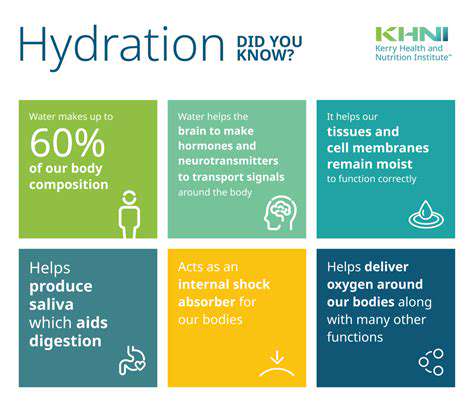Best Nutrition for Boosting Fertility
These two nutrients demonstrate remarkable interdependence in human metabolism. Folate facilitates B12 utilization while B12 supports folate recycling in the body. Their combined action influences hematopoiesis, neurological function, and cellular metabolism. Disruptions to this partnership can lead to various health complications, emphasizing the importance of maintaining adequate levels of both nutrients.
Food Sources Rich in Folate and Vitamin B12
Dark leafy greens and legumes provide excellent folate sources, while B12 primarily occurs in animal-derived foods. This presents a particular challenge for strict vegetarians and vegans, who may require supplementation to meet B12 needs. Fortified foods can help bridge nutritional gaps for those following plant-based diets.
Potential Health Benefits and Deficiency Symptoms
Adequate intake of these nutrients offers multiple benefits including cognitive support and cardiovascular protection. Deficiency states can manifest diversely, ranging from fatigue and anemia to neurological impairment. Pregnant women face particular risks, as insufficient folate can lead to serious birth defects. Regular monitoring and appropriate dietary adjustments can help maintain optimal nutrient status.
Iron: A Key Player in Reproductive Health
Iron's Crucial Role in Egg and Sperm Production
Iron's reproductive significance stems from its oxygen transport function. Adequate iron stores support follicular development in women and spermatogenesis in men. Iron deficiency can compromise both egg quality and sperm parameters, potentially reducing fertility. Maintaining appropriate iron levels forms an important component of preconception care for both partners.
Impact of Iron Deficiency on Fertility
Iron deficiency represents a common nutritional problem with significant reproductive consequences. Women may experience menstrual irregularities and ovulatory dysfunction, while men often show reduced semen quality. These effects underscore iron's fundamental role in reproductive physiology and the importance of addressing deficiencies when planning conception.
Dietary Sources of Iron
Iron exists in two dietary forms with differing bioavailability. Heme iron from animal sources demonstrates superior absorption compared to plant-derived non-heme iron. Strategic food combining (such as pairing iron-rich plants with vitamin C sources) can enhance non-heme iron uptake, offering vegetarians effective strategies for meeting their needs.
Iron Absorption and Bioavailability
Numerous dietary factors influence iron absorption efficiency. While certain compounds inhibit uptake, others like vitamin C significantly enhance it. Understanding these interactions allows for dietary optimization to maximize iron's reproductive benefits while minimizing potential deficiencies.
Iron Supplementation: When Necessary
While dietary approaches should form the foundation, supplementation may become necessary in certain situations. Professional guidance proves essential, as inappropriate iron intake can cause adverse effects. Healthcare providers can determine individual requirements through appropriate testing and monitoring.
Iron Overload and Fertility
While deficiency poses problems, excessive iron accumulation can also impair reproductive function. Maintaining proper iron balance remains crucial, requiring careful management especially for individuals with genetic predispositions to iron overload conditions.
Hydration and Healthy Fats for Fertility Support
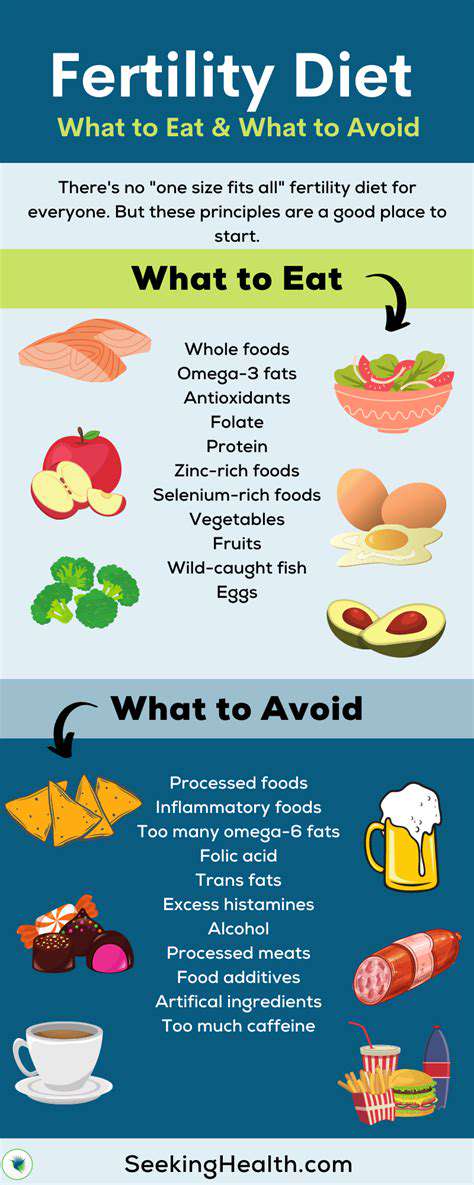
Hydration and its Crucial Role
Water's fundamental importance extends to every bodily system. Optimal hydration supports nutrient delivery, waste removal, and temperature regulation - all critical for reproductive health. Dehydration can disrupt these processes, potentially affecting fertility. Consistent fluid intake, primarily from water, forms the foundation of good hydration practices.
Healthy Fats and Their Benefits for Fermented Foods
Certain fats enhance both the nutritional value and sensory qualities of fermented products. These lipids contribute to microbiome health while improving the texture and flavor of fermented items. Thoughtful fat selection can therefore amplify the benefits of fermented foods in a fertility-supportive diet.
Fermentation's Synergistic Relationship with Hydration and Healthy Fats
The interplay between these elements creates a nutritional synergy. Fermentation enhances nutrient bioavailability, while proper hydration supports the microbial processes involved. Healthy fats complement this system by providing essential fatty acids and improving food palatability. Together, they form a comprehensive approach to supporting reproductive wellness through nutrition.
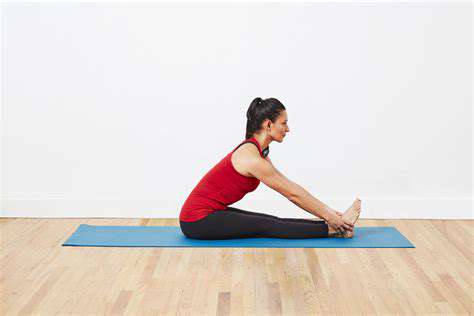
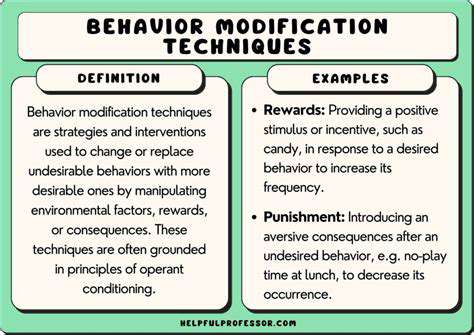
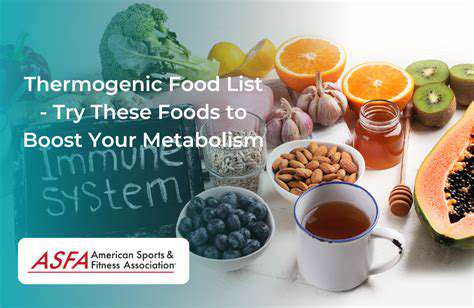
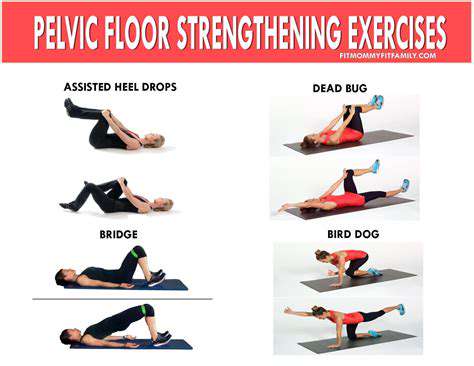
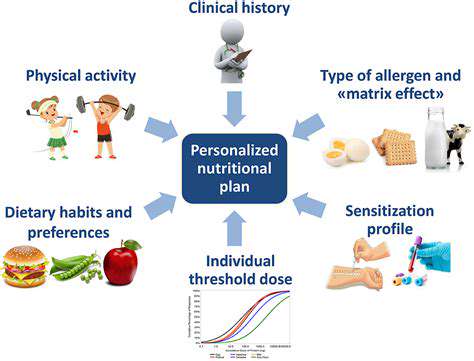


![Guide to Training for a Triathlon [Beginner Plan]](/static/images/26/2025-05/Running3ALayingtheGroundwork.jpg)
